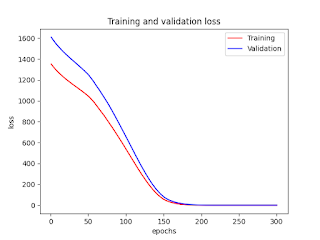"The Goal" of a company is making a profit.
For a factory, key performance indicators from an accounting perspective are (1) net income, (2) profitability = (net income) / (capital invested), and (3) cash flows. This book explains that indicators are (a) throughput: cash inflow generated by sales, not production, (b) inventory: capital invested for products/services to generate cash flows, and (c) operating expenses: cash outflows, expenses to turn inventories into throughput.
Also, the cash used and saleable is (b) inventory while the cash used but unsaleable is (c) throughput. You can explain everything in your factory by using cash.
A well-balanced factory produces products by using resources in a timely manner; that is, supply and demand from their customers are perfectly matched. However, this type of factory is vulnerable; say, if you reduce your (a) throughput based on decreased demand, then (b) inventory gets bigger and (c) operating expenses get higher. This is mathematically proved, although the proof is omitted here. This is due to both statistical fluctuations and dependent events. Every process is connected with each other, so if you would like to optimise your entire process at your factory, you can have redundant resources because there is statistical fluctuations.
TOC / five focusing steps:
- Finding a constraint
- Decide how to optimise the constraint
- Change every process based on the optimisation in step 2
- Improve an ability limited by the constraint
- If you can fix the problem of the constraint, then go back to step 1
The Goal: A Process of Ongoing Improvement by Eliyahu M. Goldratt, Jeff Cox
amazon.com
amazon.co.jp


No comments:
Post a Comment